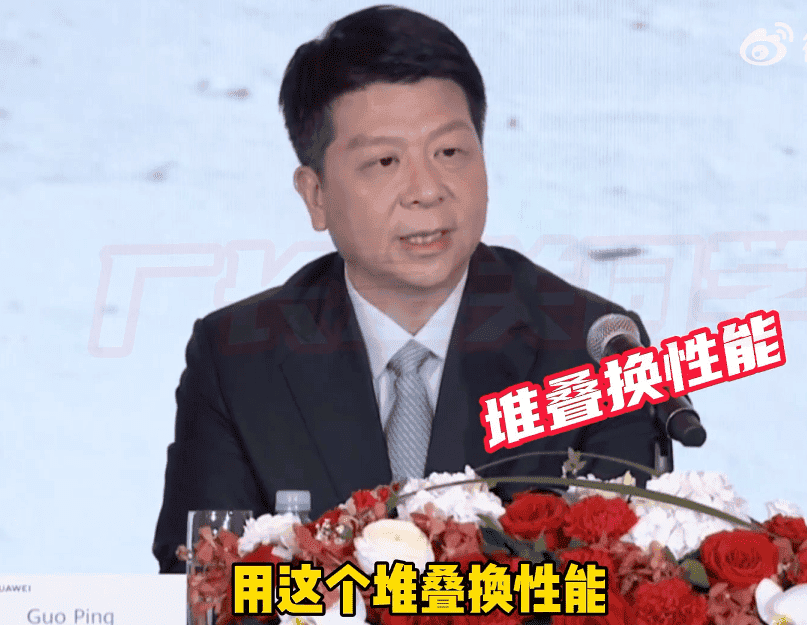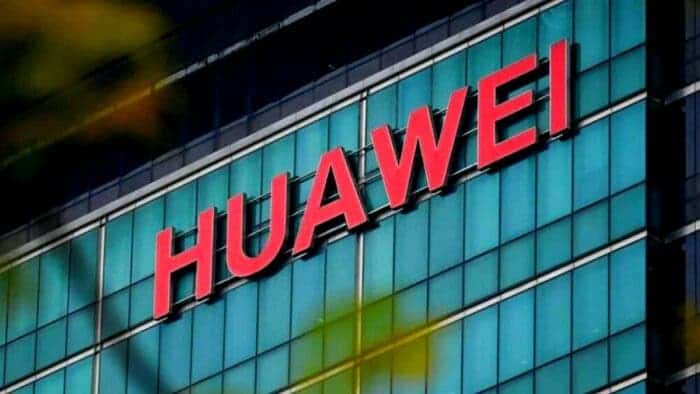How will Huawei’s chip “bottleneck” be solved in the future? There have been conflicting views about how Huawei will handle the situation. At the Huawei 2021 annual report conference held recently, Guo Ping, Huawei’s rotating chairman, gave the answer. Guo Ping said that it will use the area for performance and stacking for technology. This will allow less advanced processes to continue to make Huawei competitive in future products. This is the first time Huawei has publicly confirmed the chip stacking technology. That is to say, by increasing the area and stacking, we can achieve higher performance. This can also help to achieve the competitiveness of low-tech processes to catch up with high-performance chips.

According to past experience, when Huawei announces a technology, it has often verified its feasibility. This also means that Huawei’s chips using chip stacking technology are likely to come out in the near future. Of course, after the performance of low-process chips is improved through stacking technology, there is a very real problem. For example, after the volume becomes larger, the accompanying increase in power consumption and heat will also increase.
If it adopts this mobile phone processor, there are other things to consider. Some of these parameters are the limitations of the internal space, structural design, as well as battery capacity. There are still many problems to be solved. However, no matter what, this statement proves that Huawei already has a clear goal.
Guo Ping interview excerpt
Question one:
How does Huawei solve the chip supply chain problem?
Guo Ping: Solving the entire semiconductor problem is a very complex and long investment project that requires patience…The future chip layout, our main communication product, adopts a multi-core structure to support software architecture reconstruction and performance doubling. It is equivalent to injecting new vitality into the chip, and I think we can increase our new continuous supply capacity.
Question two:
Does Huawei have plans to build its own chip factory, and how can it be sustainable without chips?
Guo Ping: In 2019, Huawei’s mobile phone shipments were 120 million units, which means that 120 million mobile phones need chips. In 2019, Huawei’s 5G base station shipments were 1 million units. If each base station needs one chip, it needs 1 million. The two orders of magnitude are completely different. Huawei can be competitive in future products. We will continue to work in this direction.
Although he did not directly answer the second question, he points out that the company has the capacity to sustain itself.





